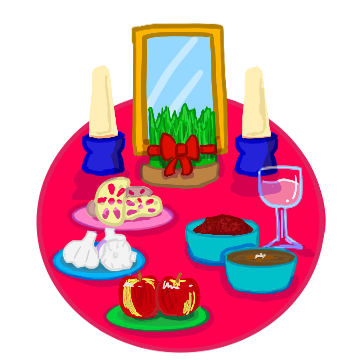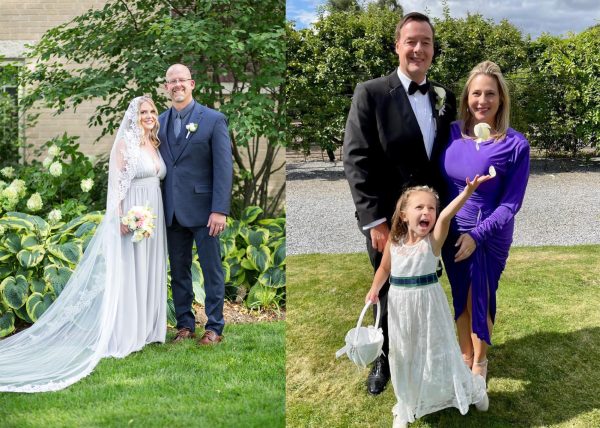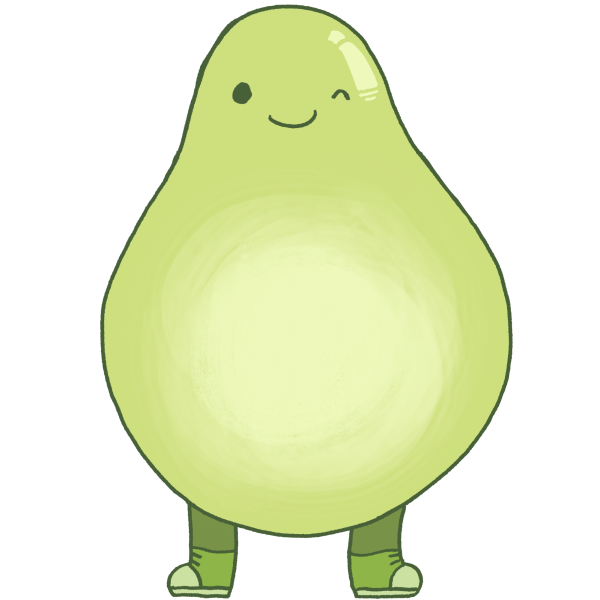Calliope pursues literary collaboration, success
December 9, 2015
Fiction. Photography. Poetry. Creative Non-Fiction. These are only some of the genres that are in the GBS literary arts magazine Calliope, a student based club with two issues that come out in December and May.
According to Elaine Sine, a student leader of Calliope, Calliope conveys a positive environment, which is one of the reasons why she truly wanted to commit to this club out of all the other clubs she had tried and then discontinued as an underclassman.
“The first meeting I went to I saw what kind of community it was for writers,¨ Sine said. ¨It was such a sophisticated gathering for writers and it was a very open place where you could review submissions and everything was allowed to be done. […] I tried out a bunch of clubs, and even though I tried out a bunch of clubs, I finally came to Calliope and it was such a nice atmosphere that I liked being in it, so I kept going to the meetings because it was just somewhere I wanted to be and people I wanted to be surrounded with.”
According to Calliope sponsor John Allen, the number of students in the club this year has grown considerably. In response to this influx, Calliope members have had to make changes to adapt to the new environment.
“At first I was like, how are we going to get this many people working on this?” Allen said. “But as it turns out, now if you walk in, you see groups of people around the computer, and they’re all working. There’s 30 plus people! It’s really fun.”
The club itself is mainly student run, and according to Poetry Editor Katheryn Woo, that aspect is very important.
“Everyday in school we read books written by adults, [but] it’s really important to let students participate in this kind of subject where they can really relate to what they’re […] writing and reading,” Woo said.
Woo is not alone in this train of thought. Photography Editor Clara Pauker thinks that a student run club is important not only for relating better with other members, but also for helping students learn important leadership qualities.
“Section editors [get] good experience leading a team and there’s gonna be a diversity of ideas, so how do you reach a compromise that meets everyone’s needs? […] You want to find a balance,” Pauker said.
Allen agrees that leadership is a key quality in which an editor-in-chief should have. Considering the club is mostly student run, Allen says that allowing students to direct their own publication is something he appreciates as a teacher.
“My favorite aspect is allowing students to just run with something and see how much energy that generates in every level,¨ Allen said. […] ¨And to just run in a way where they are in more control of it than I am and that my role is to make sure that they see every opportunity that exists within creating a publication like this.¨
Sine also explains that one of her favorite parts about Calliope is when people share their work, and the awe that comes from watching people step out of their shell.
“A lot of people are shy,” Sine said. “I was shy with my writing too, and it was hard to open up about my writing for a long time. So it’s seeing how these people are blooming […] This is where they start. Calliope is a stepping stone […] I’ve seen people submit things and they were very honest and emotional and I think that’s one of the great things; that we can see people through their writing […] It comes from the heart.”










